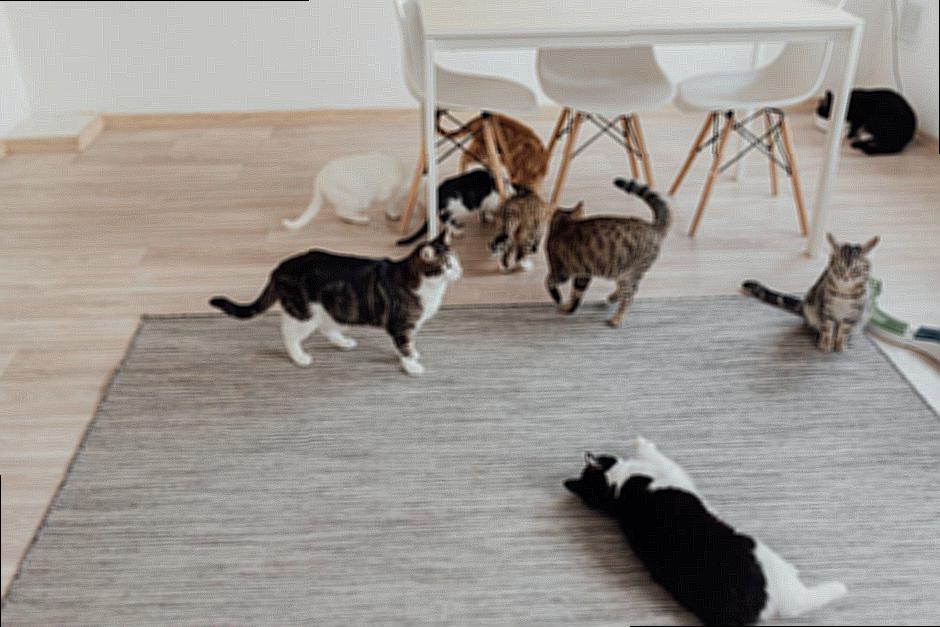
Animal welfare organizations, veterinarians, and other animal advocates have all chastised the practice of declaring cats. The technique is often used to discourage cats from harming furniture and other household items, but it can result in a slew of medical problems in the future.
Pain is the most obvious short-term medical risk connected with declawing. The surgery involves removing the claws, along with the bone, tendon, and nerve associated with them. Cats will be incredibly hygienic as a result of this procedure, which can cause them significant pain for several days following the procedure. In addition, cats can experience swelling, bleeding, and inflammation in the area.
The danger of complications as a result of anesthetics is a second short-term medical risk of declawing cats. Cats that are undergoing declawing procedures are usually under anesthesia, and the anesthesia can result in a variety of complications, including respiratory and cardiac problems. Cats can experience an allergic reaction to the anesthesia in some cases, which can be fatal.
Cats may also suffer psychological distress as a result of declawing, as well as the physical pain and risks associated with it. Cats are very sensitive animals and can develop anxiety and depression as a result of the procedure, which can alter their behavior. Cats can become more aggressive or shy due to this distress.
Lastly, declawing cats can also result in long-term physical injuries. Cats may suffer chronic pain or nerve injury in the affected area, which can cause them to limp, have trouble walking, and even become arthritic. Cats may also develop nail regrowth, which can cause the claws to become ingrown and infected.

Declawing cats is a controversial tactic that should only be used as a last resort. Although it may provide temporary relief from destructive behavior, it can also result in a variety of short-term health risks and long-term problems. For this reason, it is vital to weigh all risks and benefits before making a decision about declawing your cat.

